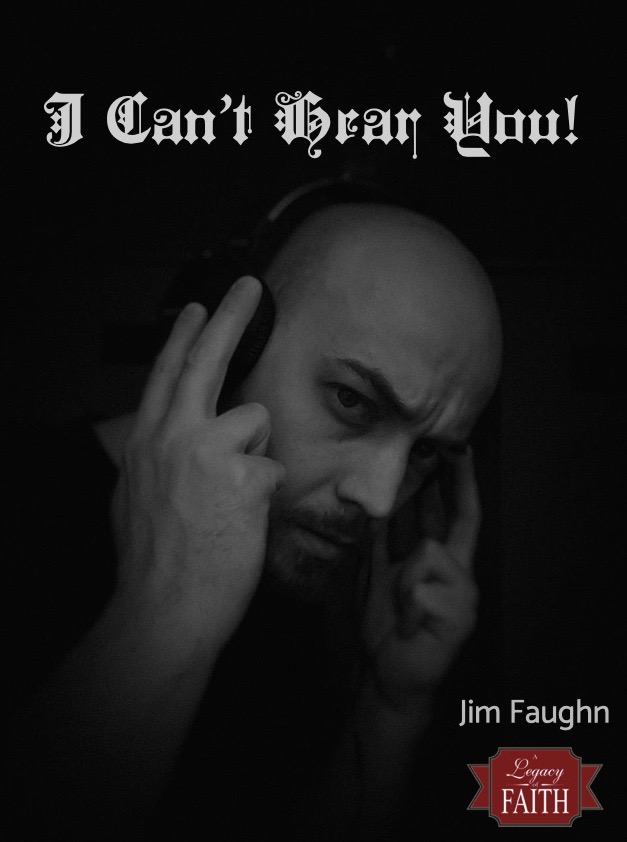I Can’t Hear You!
We’ve all seen it. Some of us have done it. It seems that some of us are still doing it.
When a small child is doing it, those of us who are older seem to have two reactions. On the one hand, we “chalk it up” to immaturity. At the same time, we hope that, with proper discipline (including instruction, training, and appropriate punishment), the behavior will become a thing of the past.
For some, the exact behavior may, indeed, become a thing of the past. Unfortunately, for others, the attitude that the behavior represents is never outgrown. Many seem to exhibit the same attitude throughout their entire lives.
What is the “it” that I’m thinking about?
“It” is that child with fingers firmly placed in each ear and yelling loudly. What he/she may be yelling may merely be noise – any noise – or it may actually be verbalized. Whether or not the message is verbalized, it is clear. That (ok, I’m going to say it) spoiled brat is sending the message loudly and clearly, “I can’t hear you!”
The truth is a little different from that. In actuality, that child does not want to hear anything from anybody else. That is especially true if they know that what they are shutting out is anything with which they would disagree or (horrors of horrors) which would correct them.
As I suggested earlier, it seems to me that some of us never totally outgrow this. While it would look a little ridiculous for an adult to walk around with fingers stuck in our ears and yelling, we may be guilty of doing things that have the same results.
A somewhat modern term comes to mind. That term is “echo chamber.” An older term that means somewhat the same thing is “clique.”
The idea is that people associate exclusively, or at least primarily, with people who meet their standards, have the same interests, and who are usually about the same age. There is one more criterion that is of utmost importance. All of these people absolutely must agree on everything.
The people in the “echo chamber” rely on the same sources for news (and opinions about that news). They are members of the same groups. Those groups may be “in real life” or some sort of “virtual group” on social media. Their conversations are not really conversations during which an exchange of ideas takes place. Instead, they more closely resemble a piece of music in which the same message is “sung” in different “parts.” The ones who are responsible for the music may congratulate themselves on the beautiful harmony and may even express a desire that everybody could experience the joy and unity they feel as they “sing their way through life.”
What if somebody tries? What if somebody outside the group actually wishes to join in? What if they are slightly off key? What if one of the members of the original group actually begins to sing his or her own tune by having an idea, a viewpoint, a technique, etc. that may differ slightly (or more than slightly) with the other people in the echo chamber? What if somebody “on the outside” actually has the nerve to suggest that the mutually held idea(s) within the echo chamber could be wrong?
I’m guessing that, at that point, figurative fingers will go into figurative ears. It may even be that figurative eyes could be closed. After all, isn’t that also one of the techniques used by those kids who “don’t want to hear it?” Don’t they want to shut out everything that is unpleasant and hear their own voices?
If I choose to only be around people who think just like me, I may be setting myself up for some real heartache. The number of voices in the echo chamber may start to diminish. It may be that, when I open my eyes, I will discover that I am all alone and that everybody I know has chosen not to hear me!
To Receive Every Article from A Legacy of Faith through Email for Free, Click Here
AUTHOR: Jim Faughn



